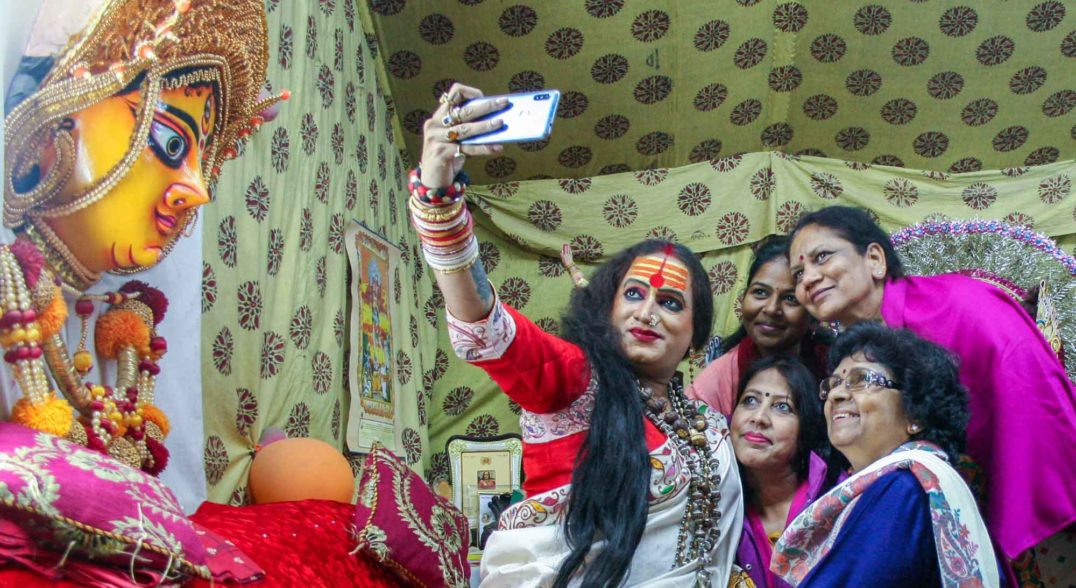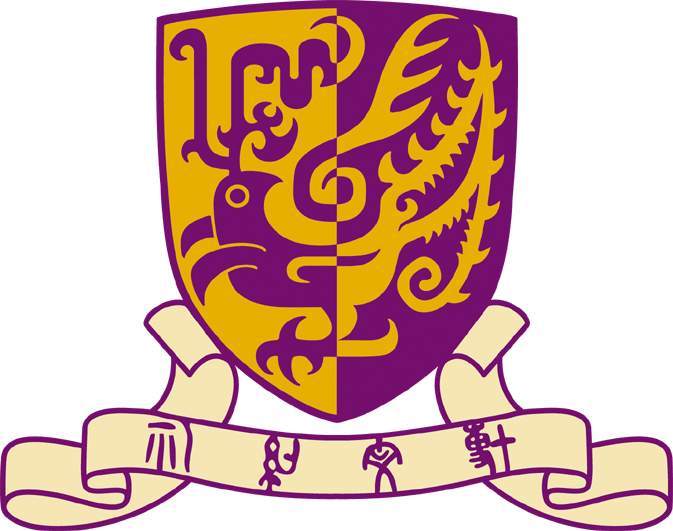SAPIENS Ina Goel

Laxmi Narayan Tripathi, high priestess of a convent of hijras, takes selfies with admirers at India’s 2019 Kumbh Mela religious festival
Laxmi Narayan Tripathi sat on her temporary throne like a demigoddess in a jade and scarlet sari. A line of devotees jostled to cram inside her golden cloth tent, and she joked with them, flirtatiously: “I am giving ashirwad (blessings) only, not love letters. Everyone be tension-free, and love yourself.”
The crowd giggled, then settled down and patiently awaited their turn. Some of them had come to this tent at India’s Kumbh Mela pilgrimage festival—the world’s largest gathering—to receive Tripathi’s advice on everything from loss of appetite to unemployment. Some prostrated themselves at her feet and made offerings of money, food, clothing, and jewelry. Some just wanted selfies.
She listened to each person with great interest and enthusiasm, reassuring them and telling them not to worry. When she bestowed a blessing on someone, she bit a 1 rupee coin and handed it to them along with grains of rice. In India, it is considered auspicious to be given rice and a coin bitten by a hijra—a person from a “third” gender community.
There are approximately half a million hijras and other third gender individuals in India, plus smaller numbers in Pakistan, Bangladesh, and Nepal. The hijra identity is a unique blend of biological, gendered, and sexual identities underpinned by religion and bound by a tight-knit social structure. Hijras include people assigned male at birth who may or may not undergo castration and modifications such as breast implants, as well as some (but not all) intersex people and transgender women.
Read the article in SAPIENS

